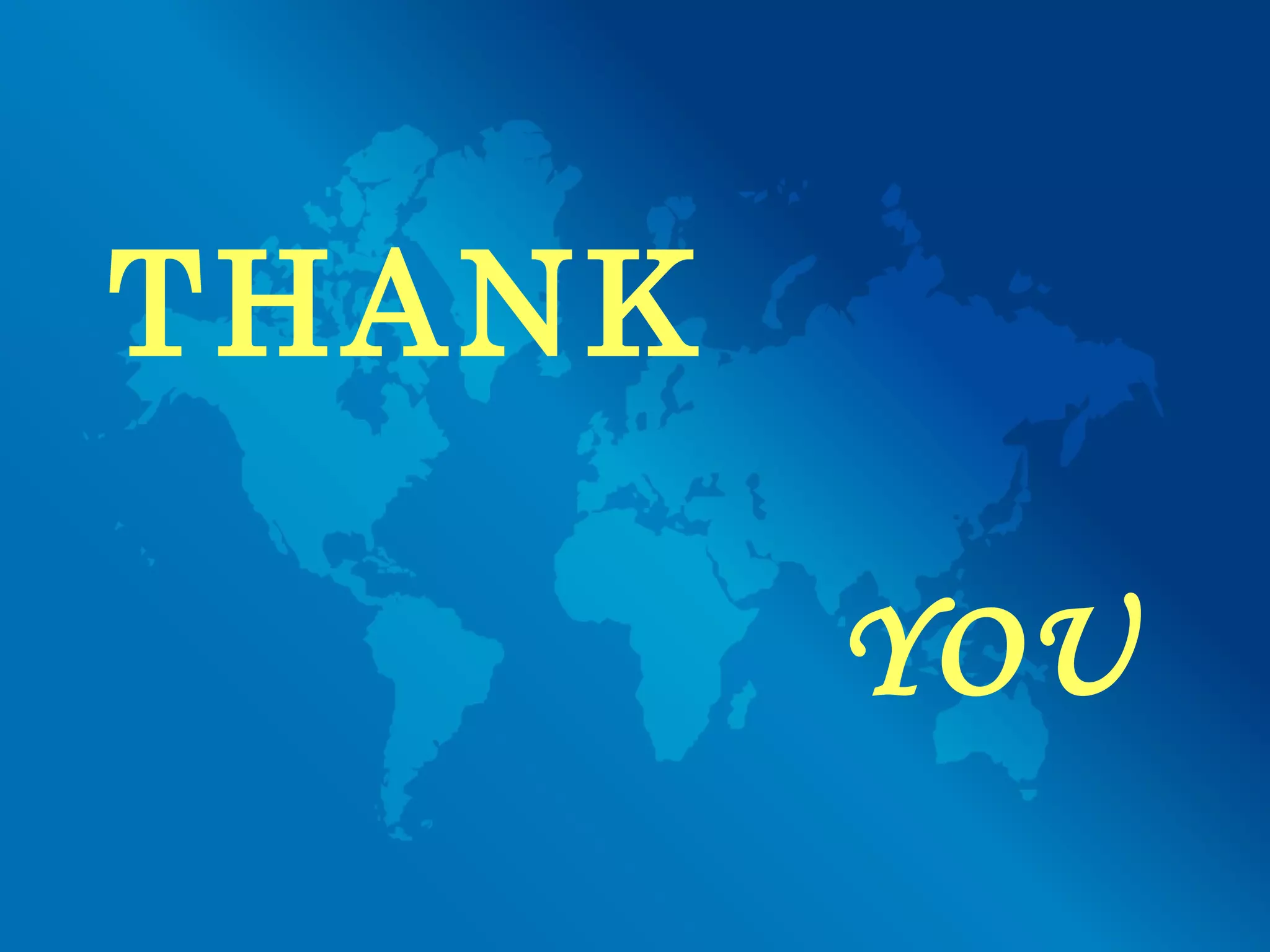Interspire Knowledge Manager is a wiki software used by organizations for knowledge management. It allows for quick editing, viewing article history, integrated searching, and group permissions. Wikis allow multiple users to easily add and edit content in real-time from a web browser. They provide advantages over content management systems for collaboration and sharing knowledge in organizations. However, some organizations are reluctant to adopt wikis due to risks and a preference for more controlled knowledge management systems.
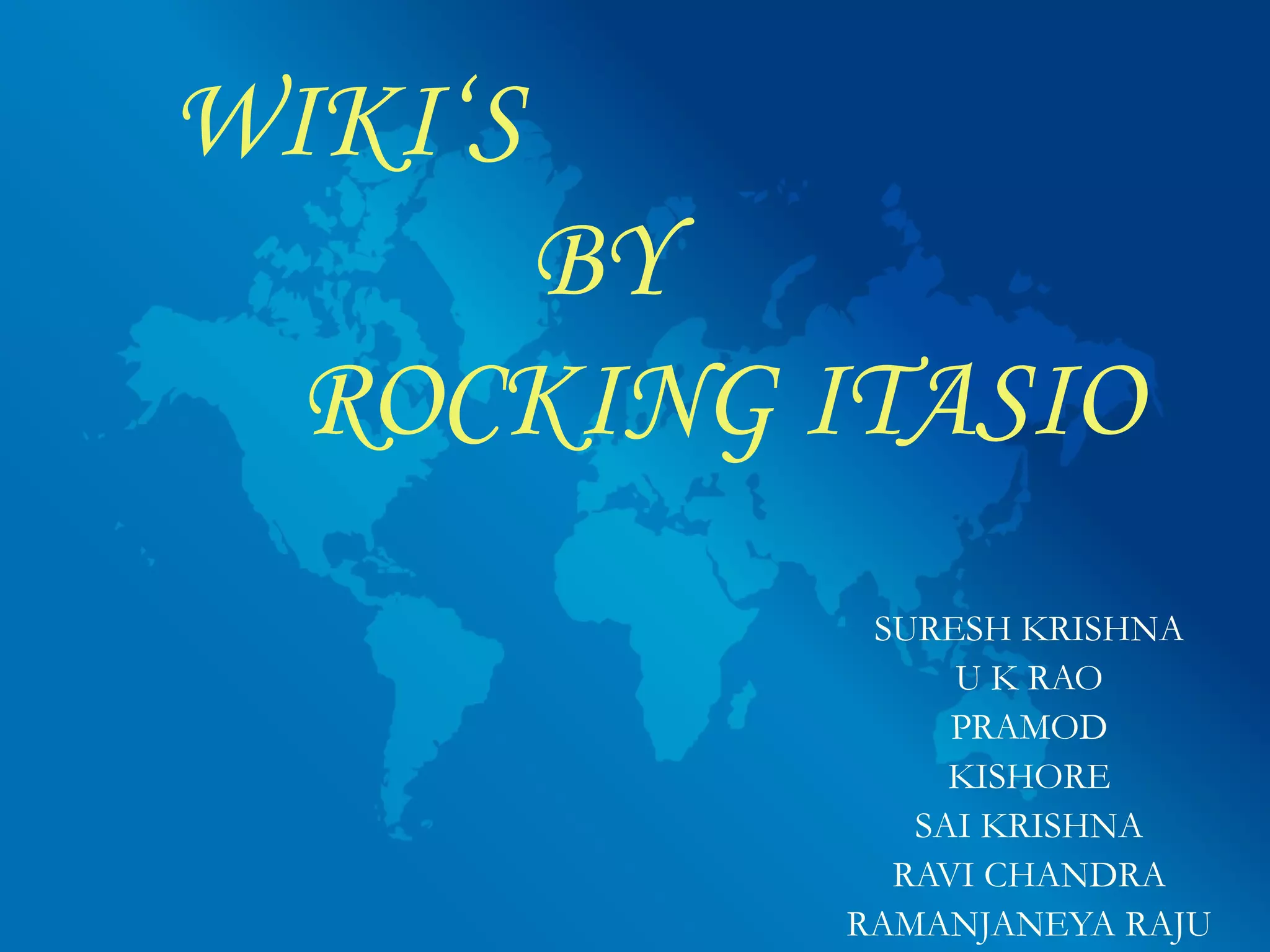
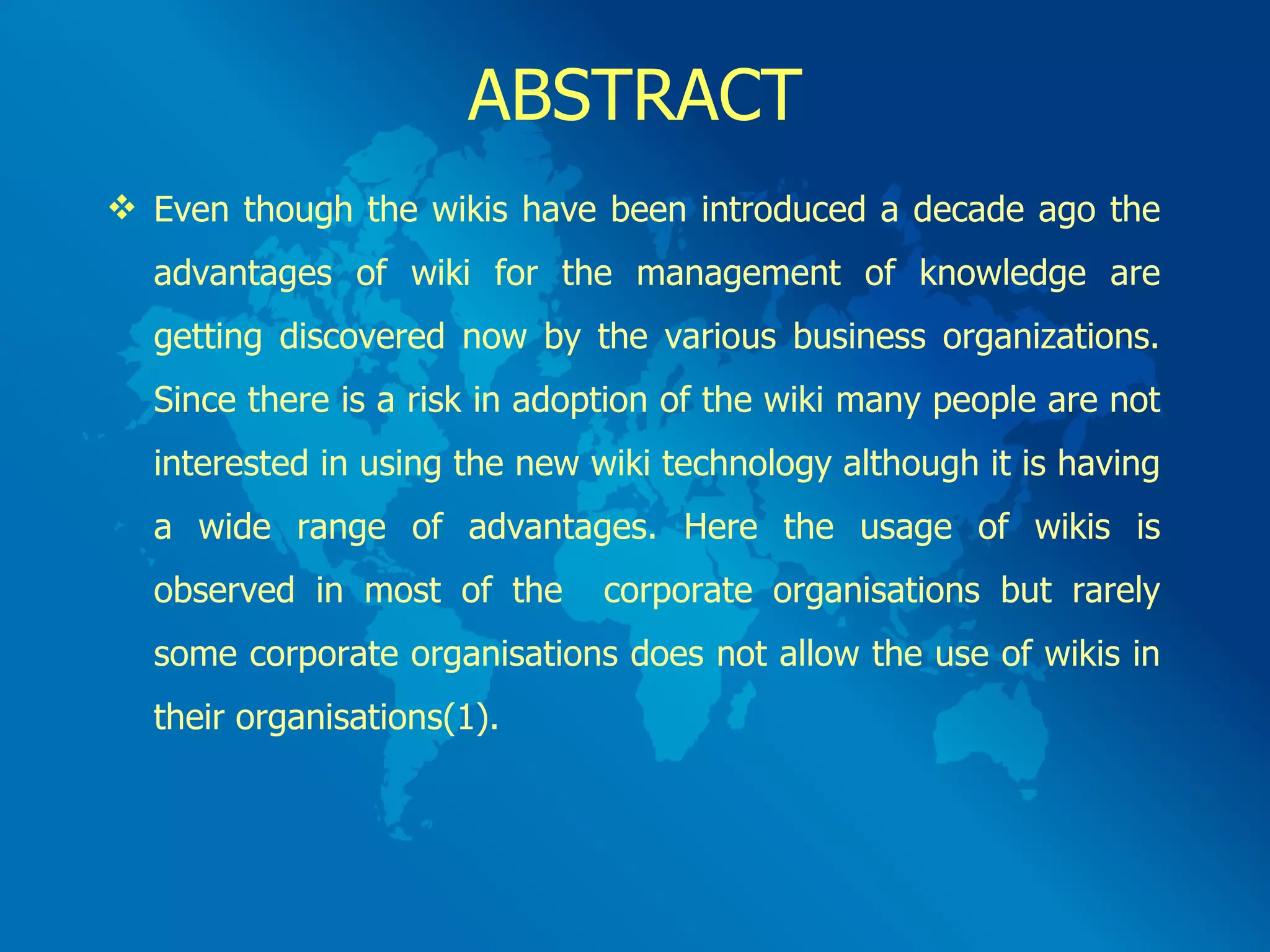
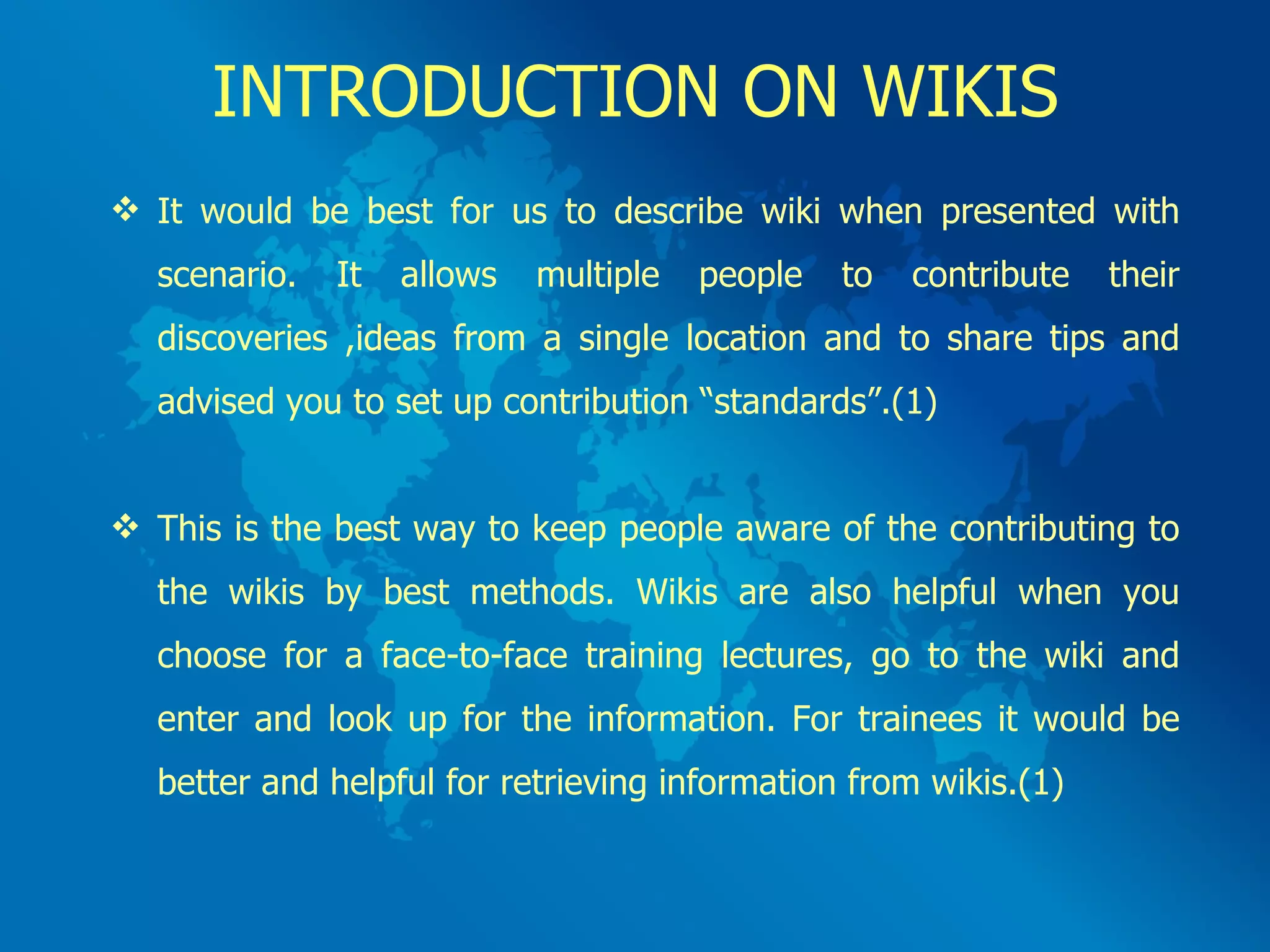
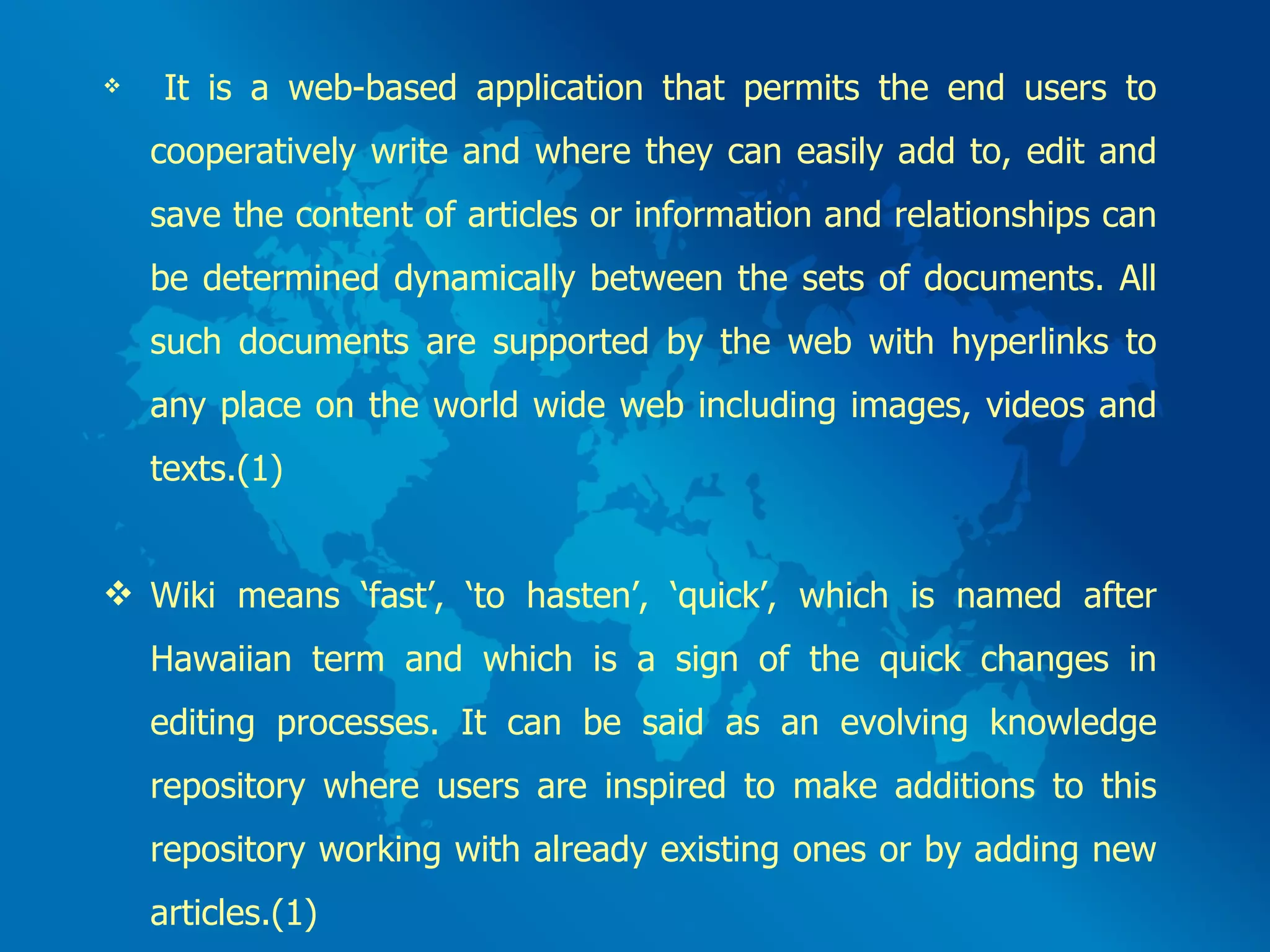
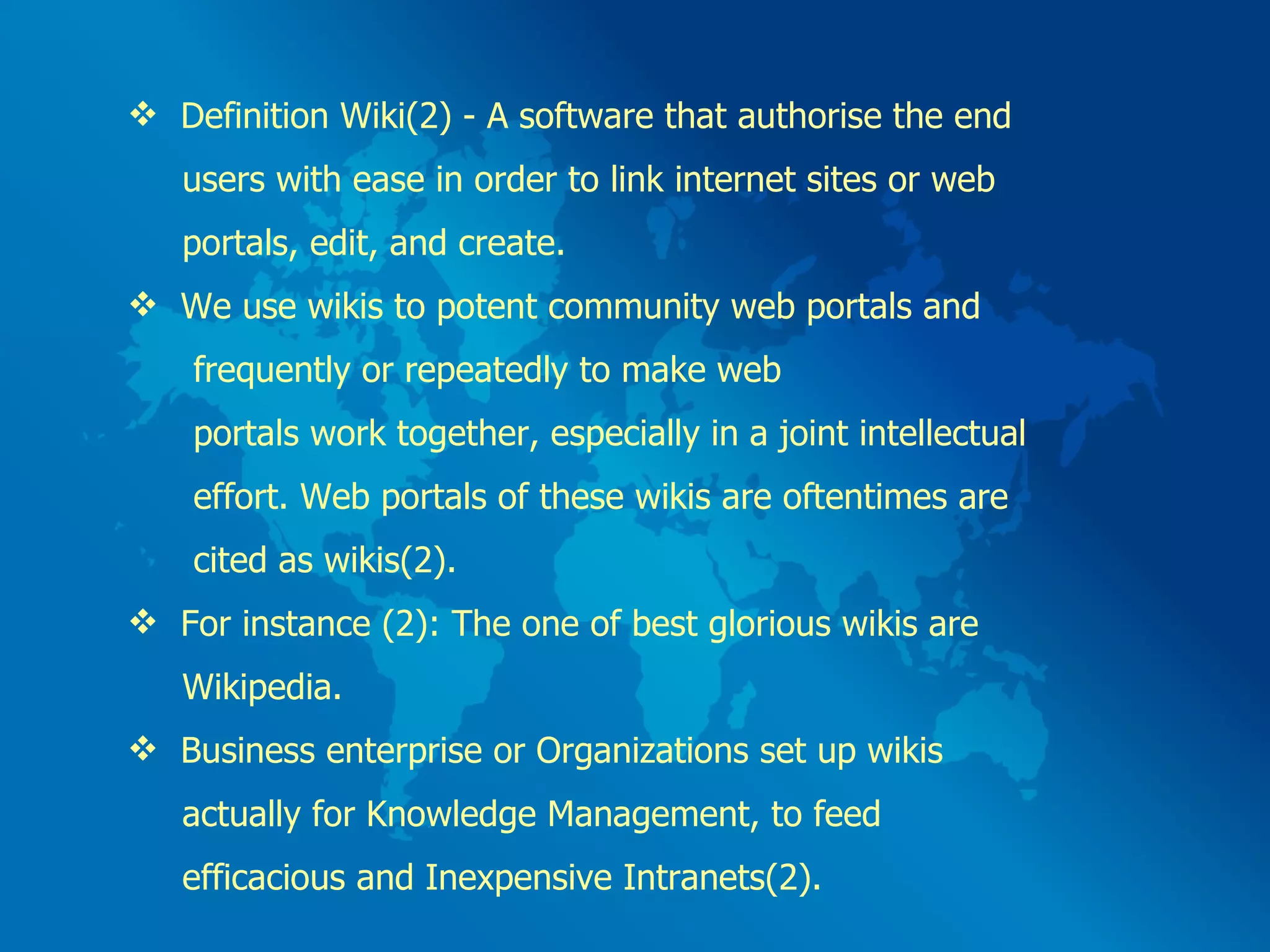
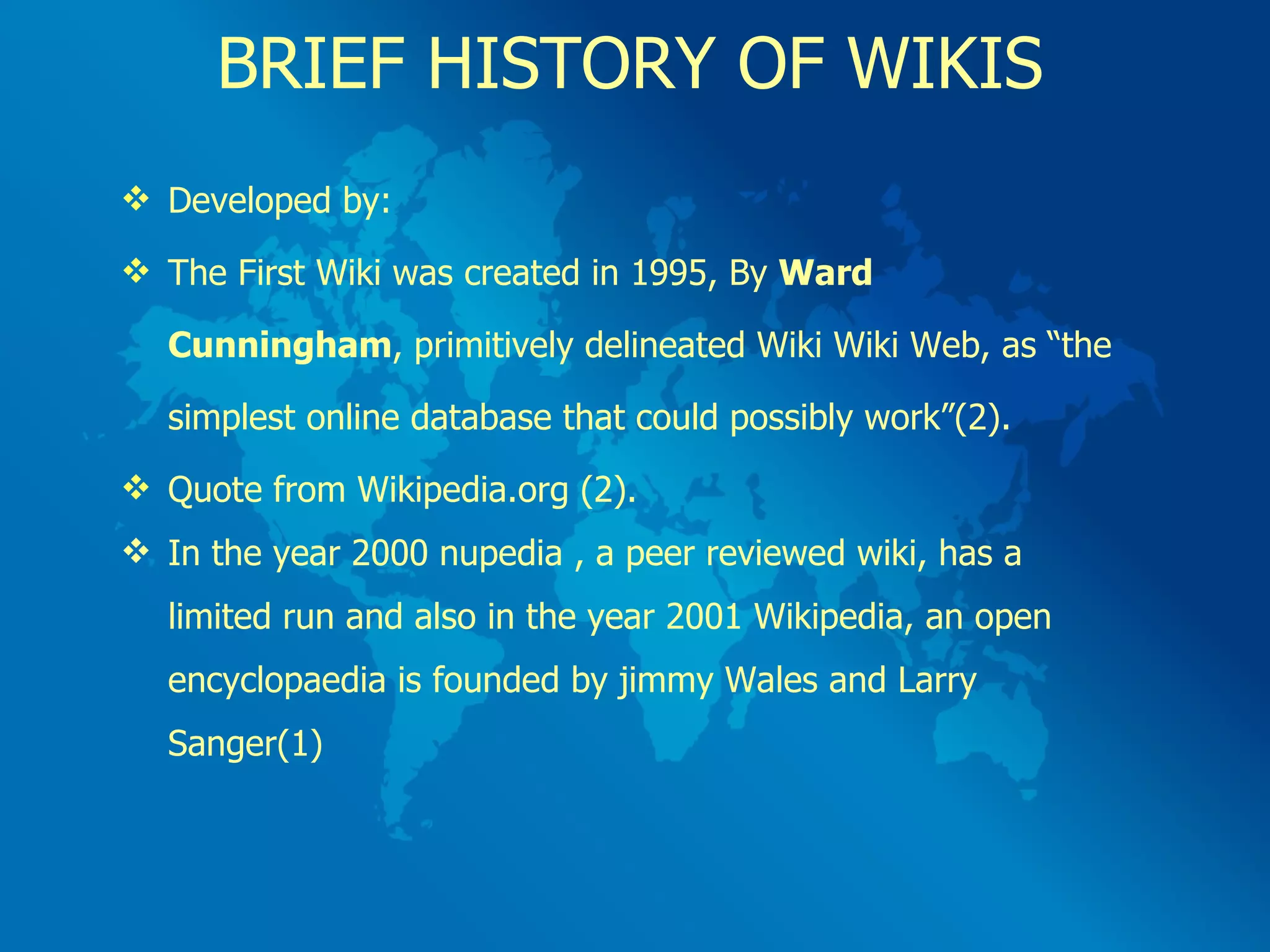
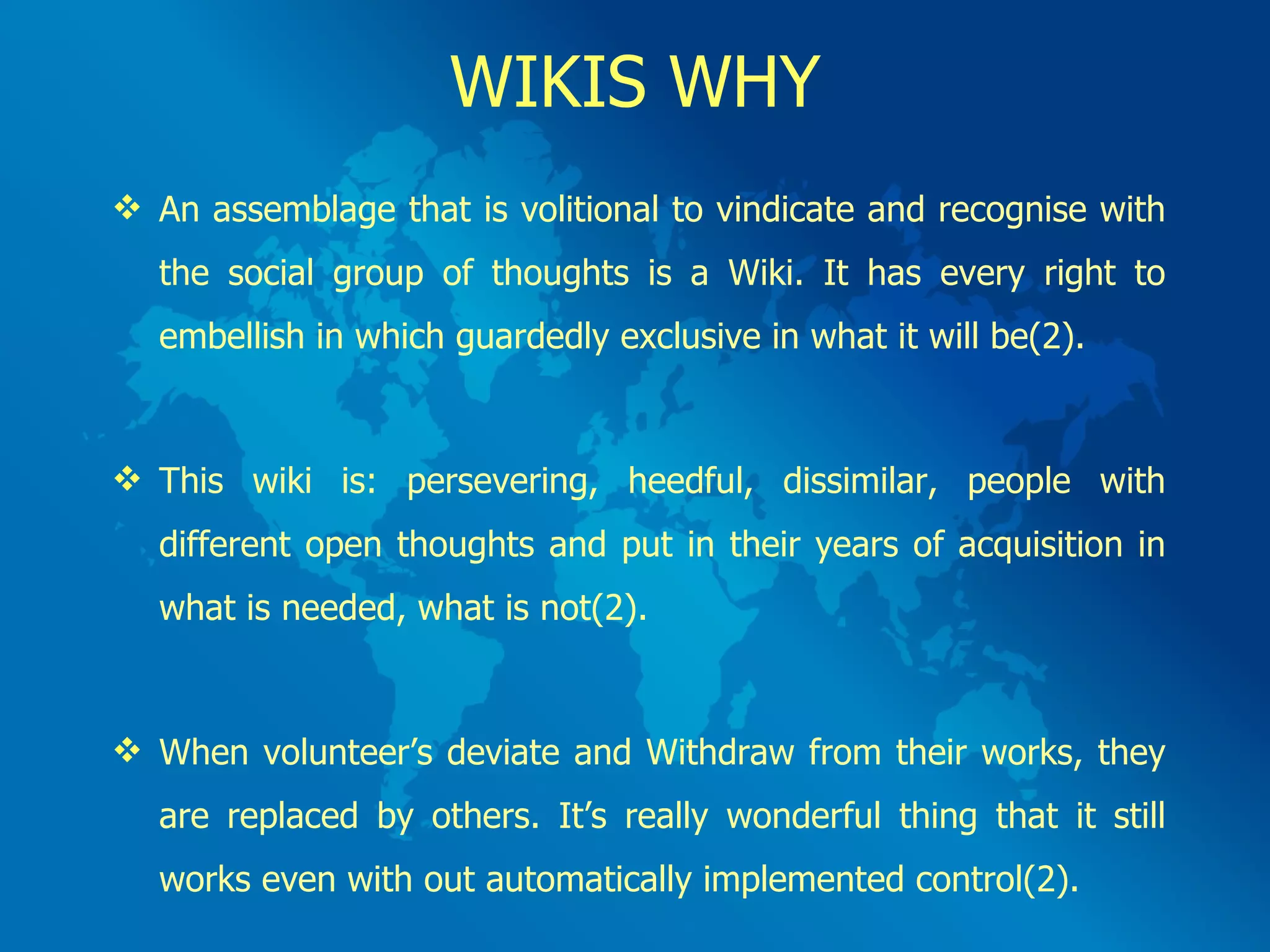
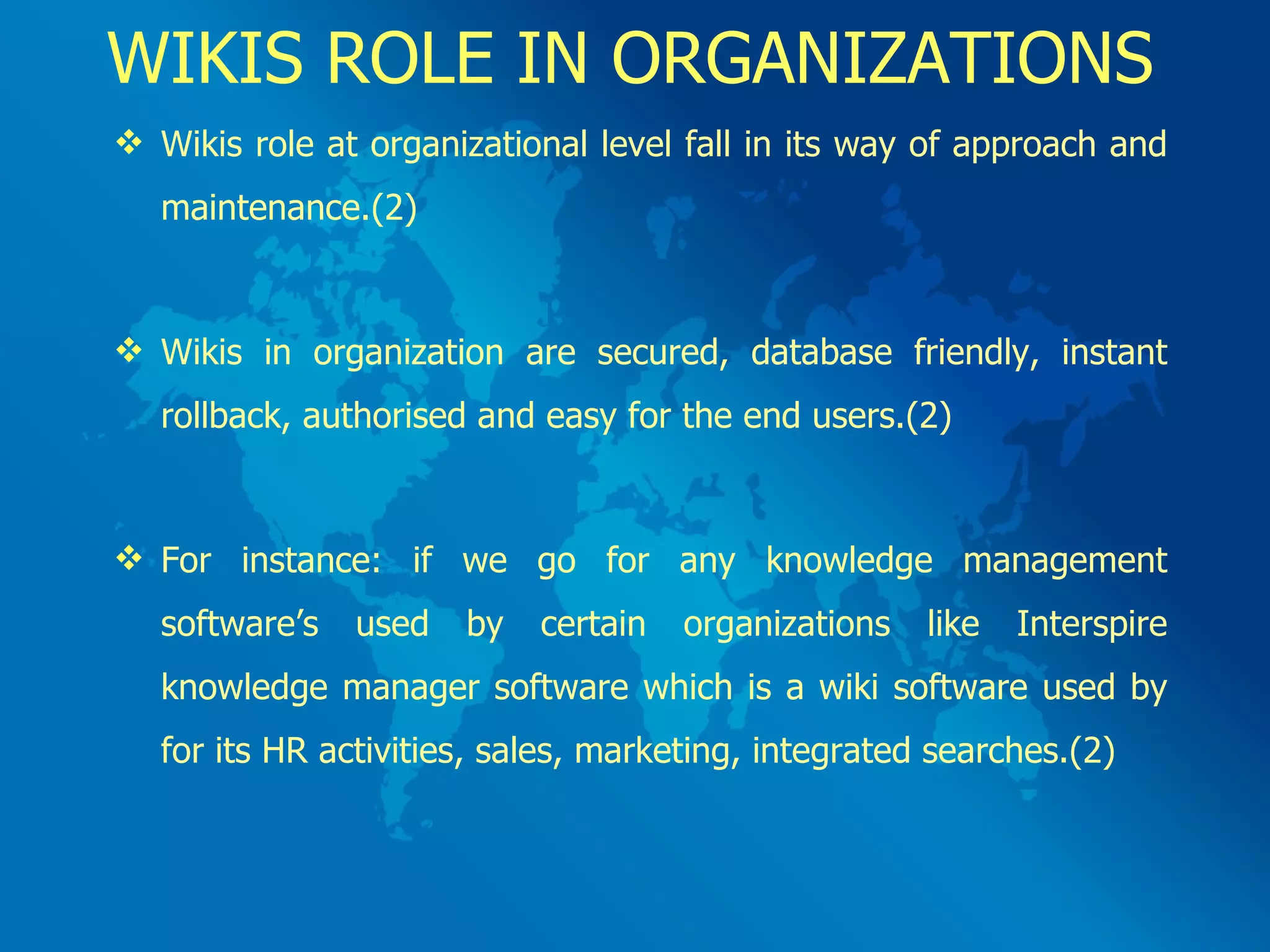
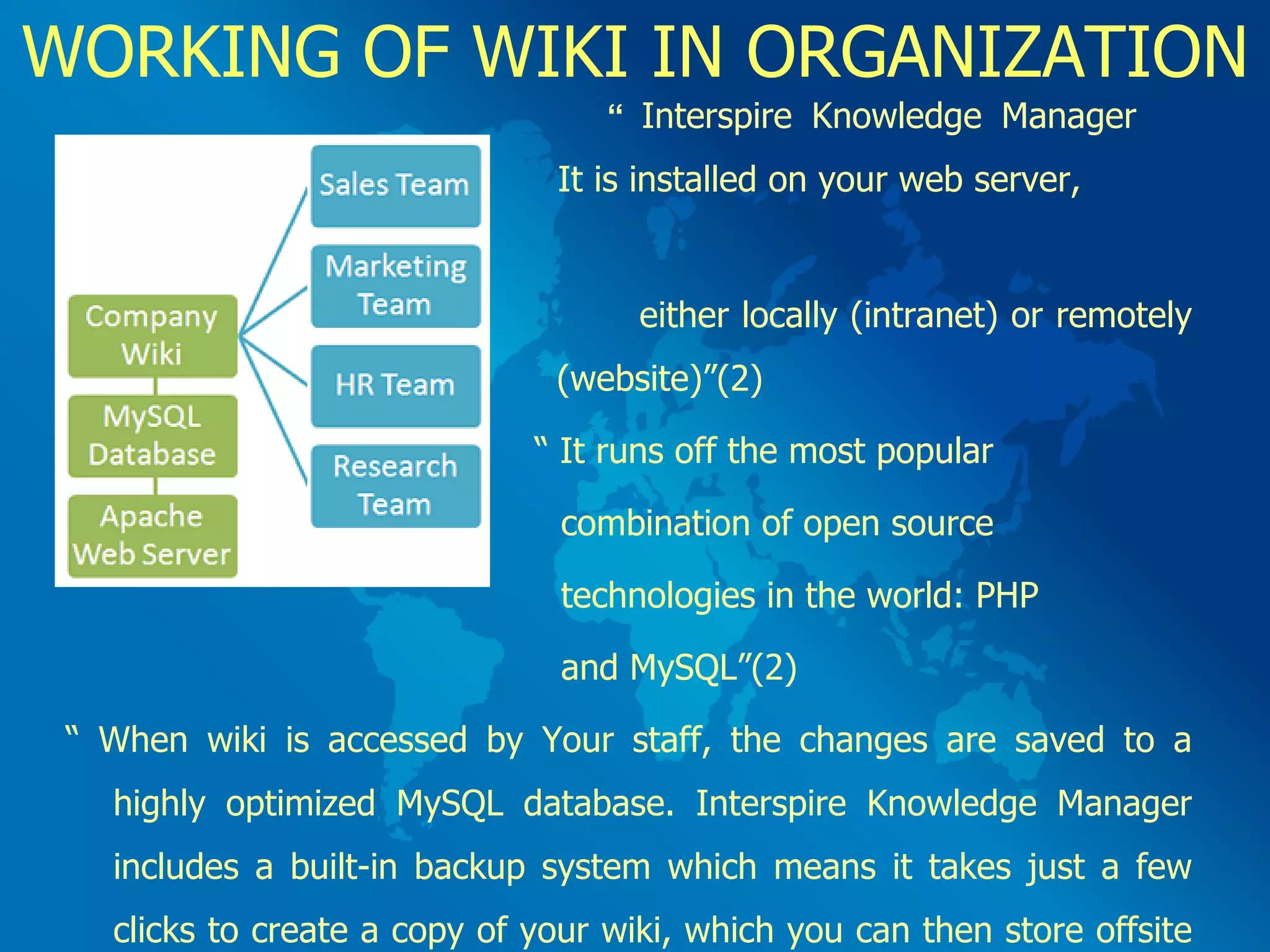
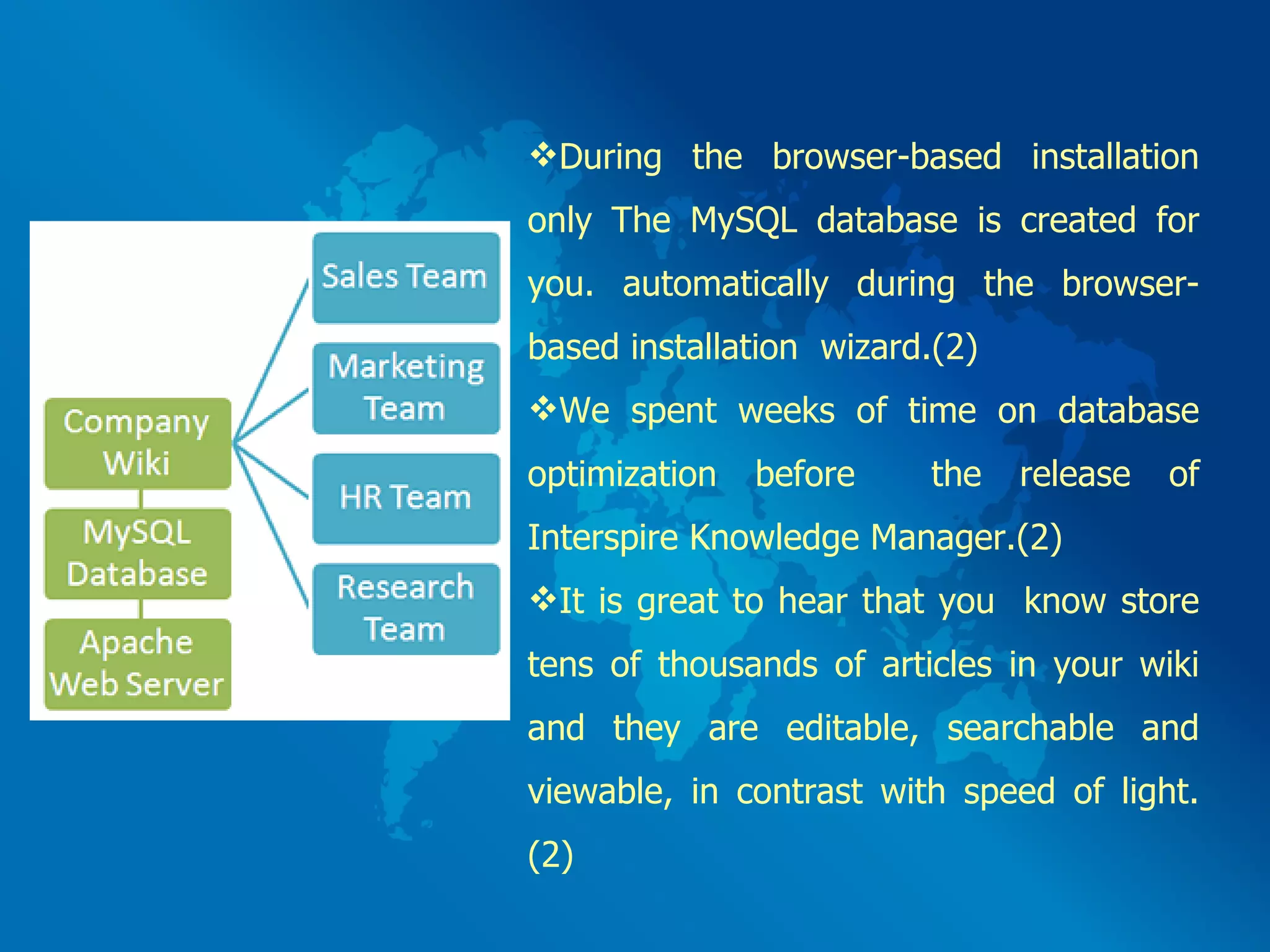
![KNOWLEDGE MANAGEMENT “ All of life and business is a game of odds. Just as HR policies increase the odds of employee retention, and good Customer service increases the odds toward repeat business, knowledge management is about increasing the odds toward knowledge being transferred, utilized and [contributing to] innovation” – Larry Prusak(3). Executive director, IBM Corp.'s Institute for Knowledge Management (Glasser 1999)(3). In order to conquer the commitment of increased “effectiveness, efficiency, and competitiveness,” many organizations have chosen to implement KM practices and systems (Schultze and Leidner 2002, p. 2) (3).](https://image.slidesharecdn.com/wikisbyrockingitasio-090313123719-phpapp01/75/Wikis-By-Rocking-Itasio-11-2048.jpg)
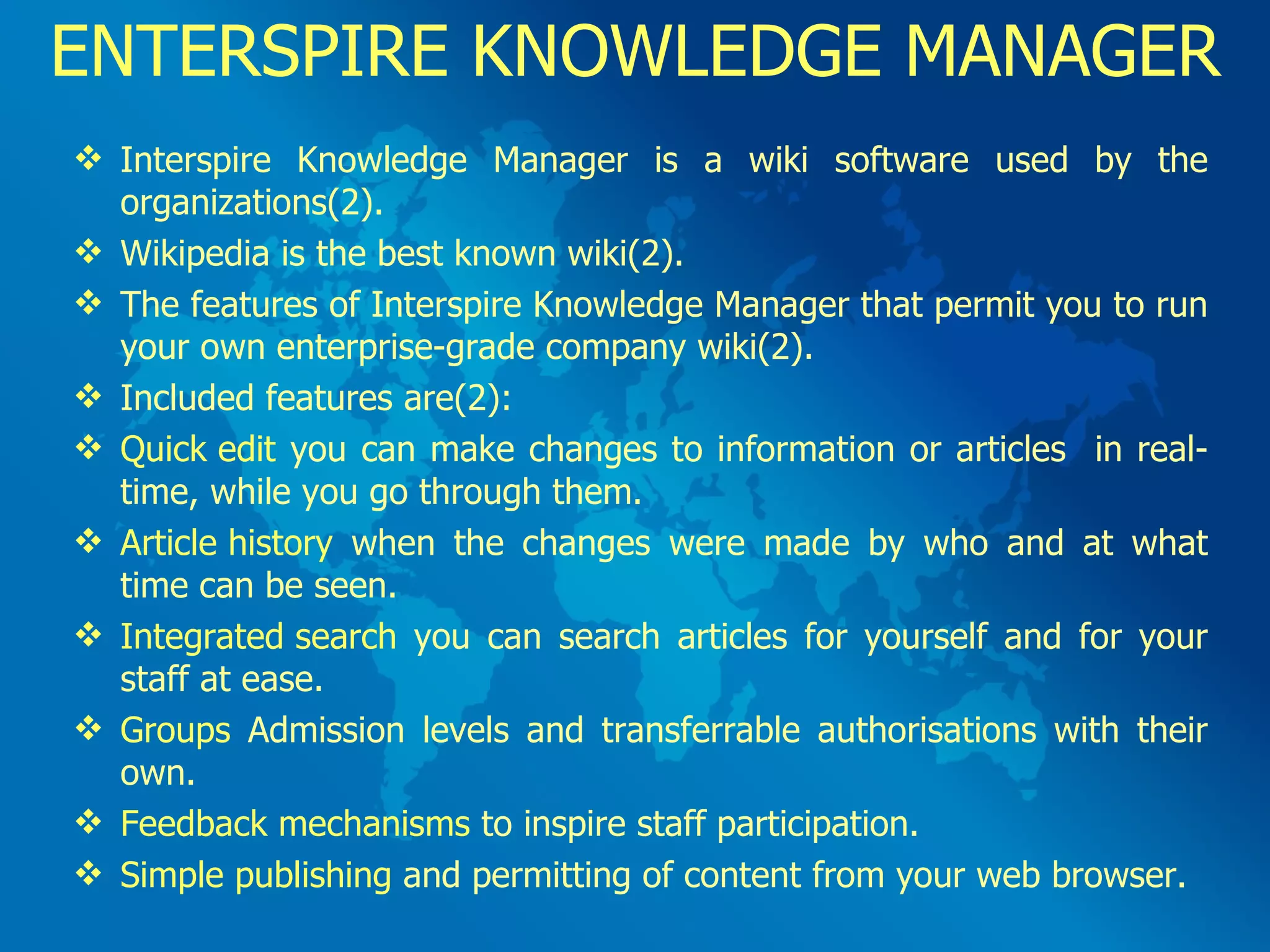
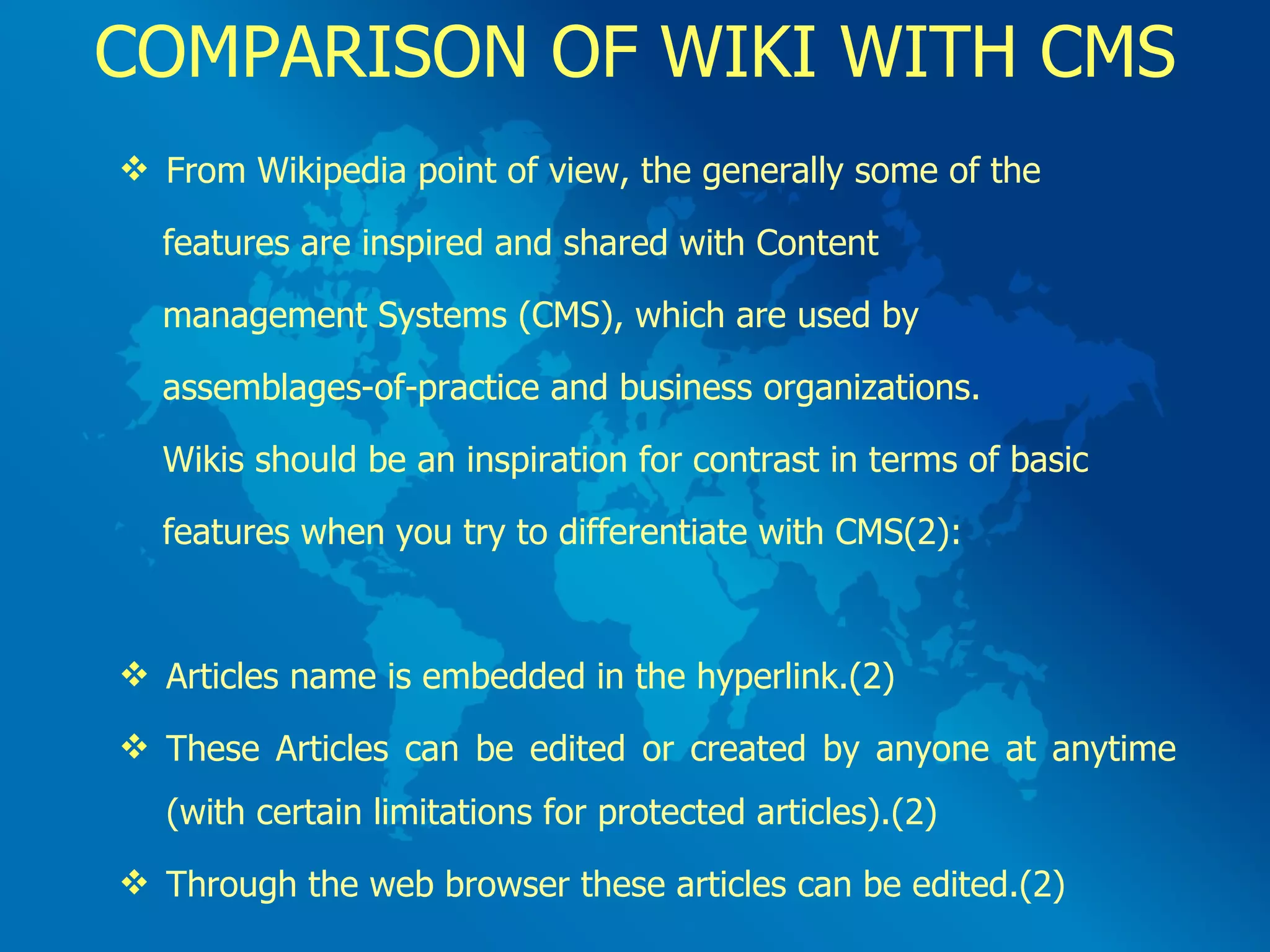
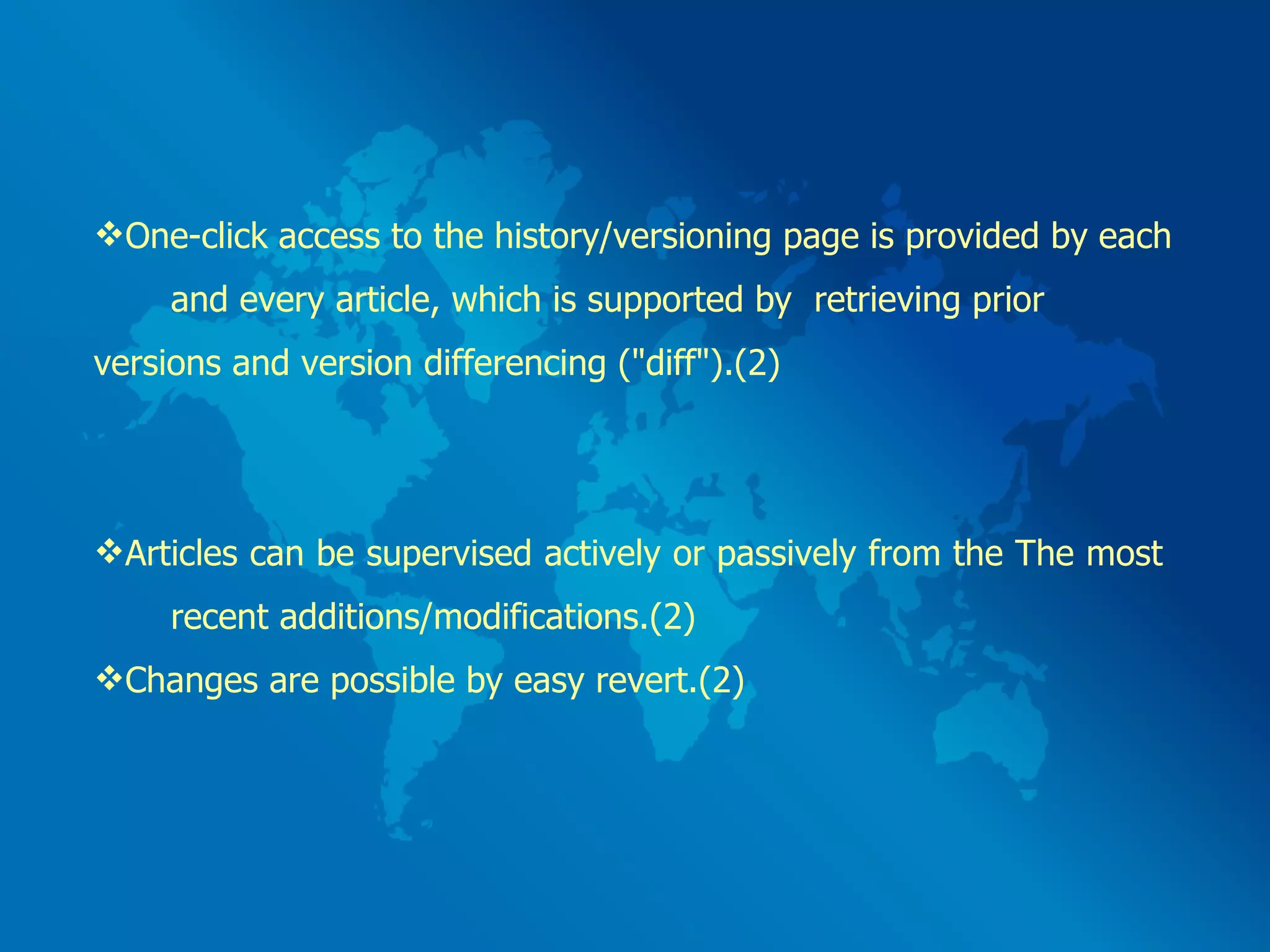
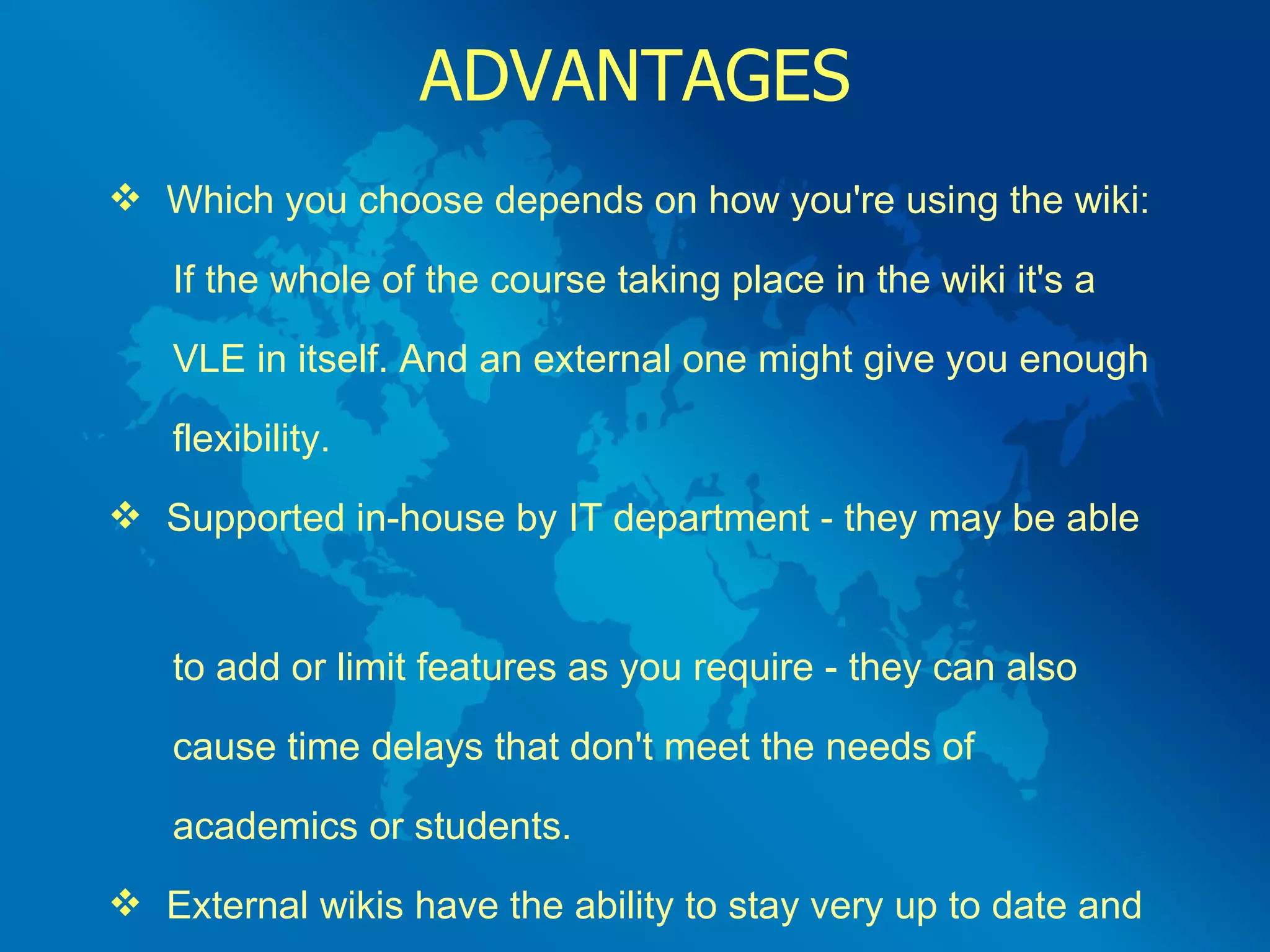
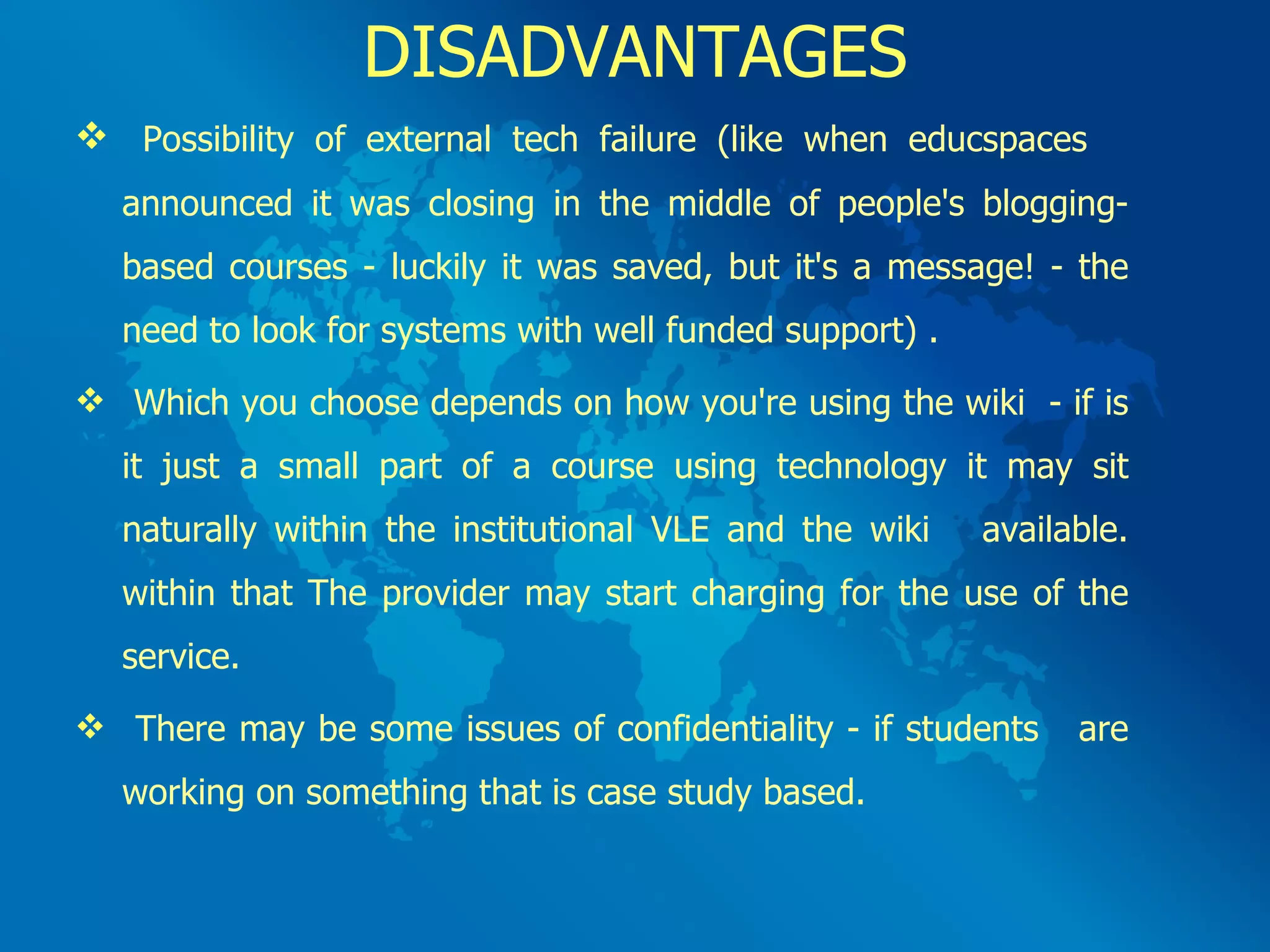
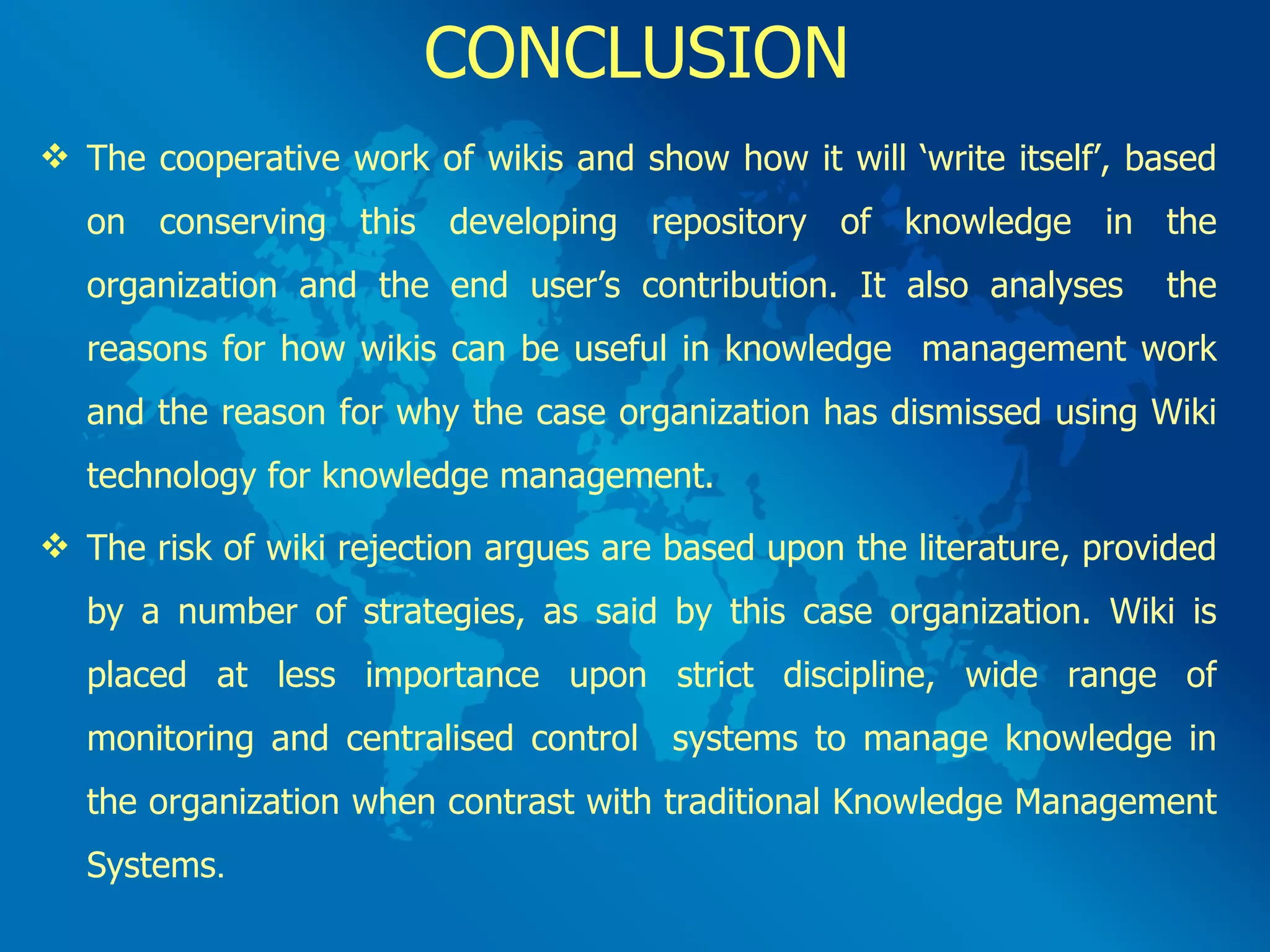
![REFERENCES 1. http://www.pacis-net.org/file/2006/1152.pdf Charmaine C. Pfaff Central Queensland University Sydney International Campus (CMS) [email_address] Helen Hasan Information Systems University of Wollongong [email_address] . 2. http:// www.interspire.com/knowledgemanager / wiki_software.php 3. http://www.uhisrc.com/FTB/Wiki/wiki_way_brief%5B1%5D-Jennifer%2005.pdf](https://image.slidesharecdn.com/wikisbyrockingitasio-090313123719-phpapp01/75/Wikis-By-Rocking-Itasio-18-2048.jpg)
